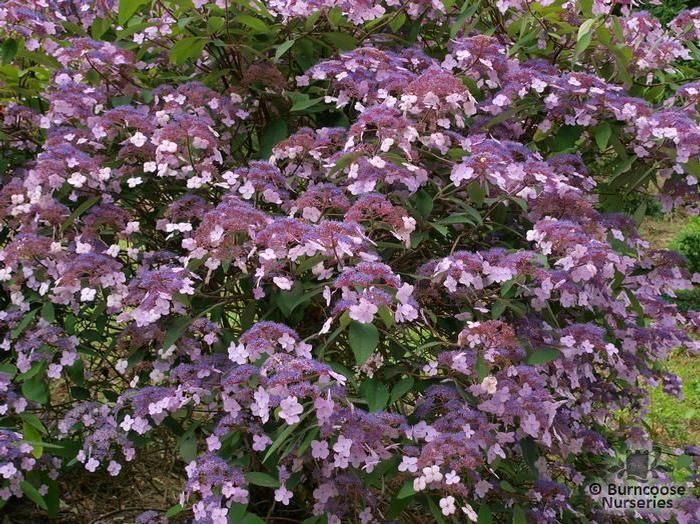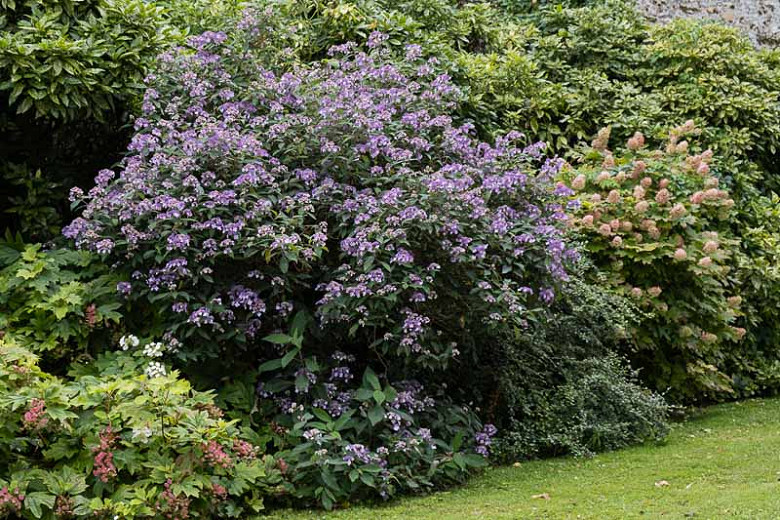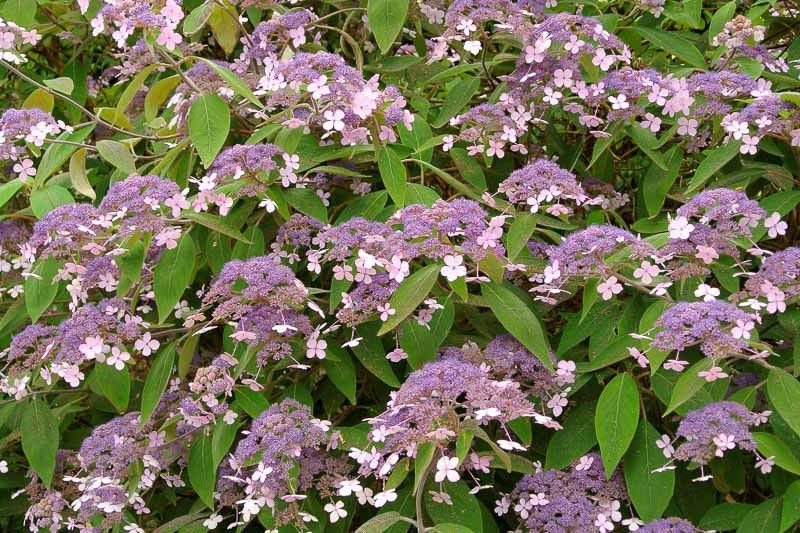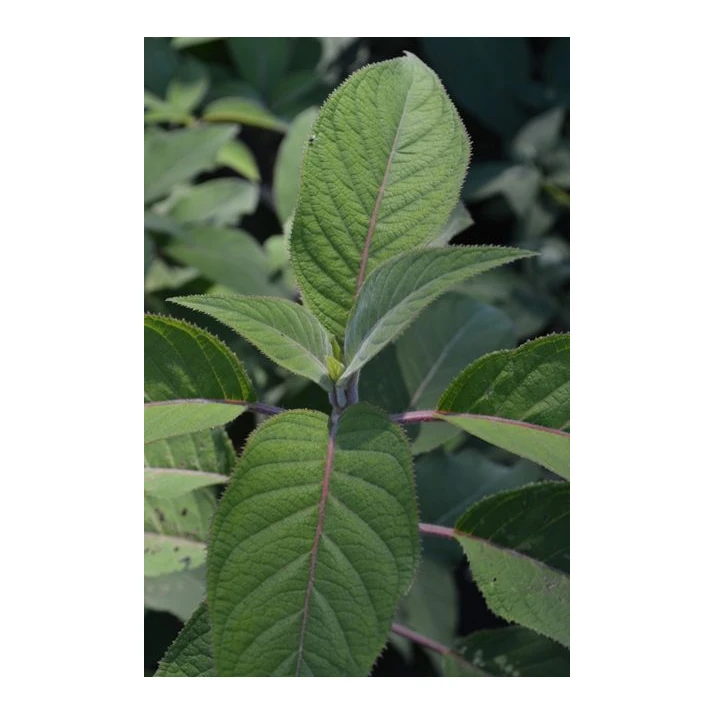The Ultimate Guide To Growing Hydrangea Aspera Villosa
The Ultimate Guide to Growing Hydrangea Aspera Villosa
Hydrangea aspera villosa, also known as the rough leaf hydrangea, is a beautiful and hardy shrub that is native to China and Japan. It is prized for its large, showy flowers that bloom in late summer and fall. Hydrangea aspera villosa is relatively easy to care for, but there are a few things you need to know to ensure that it thrives in your garden.
Introduction
In this guide, we will discuss everything you need to know about growing hydrangea aspera villosa. We will cover topics such as:
- Choosing the right location
- Planting and care
- Pruning
- Pests and diseases
- Propagation
We will also provide some tips on how to get the best blooms from your hydrangea aspera villosa.
Choosing the right location
Hydrangea aspera villosa prefers a location that receives partial shade to full shade. It can tolerate full sun, but the flowers may not be as vibrant. The soil should be moist but well-drained. Hydrangea aspera villosa is not tolerant of drought, so it is important to water it regularly, especially during the summer months.
Planting and care
Hydrangea aspera villosa can be planted in spring or fall. When planting, dig a hole that is twice as wide and as deep as the root ball. Backfill the hole with soil, tamping it down gently. Water the plant thoroughly.
Hydrangea aspera villosa does not require a lot of fertilizer. A light application of fertilizer in the spring will help to promote new growth and flowering.
Pruning is not essential for hydrangea aspera villosa, but it can be helpful to keep the plant in shape. You can prune it in late winter or early spring. Simply remove any dead, diseased, or damaged branches. You can also prune to shape the plant.
Pests and diseases
Hydrangea aspera villosa is relatively resistant to pests and diseases. However, it can be susceptible to aphids, scale, and hydrangea leaf spot. If you see any pests or diseases, you can treat them with an appropriate pesticide or fungicide.
Propagation
Hydrangea aspera villosa can be propagated by division or by cuttings. Division is the easiest method. Simply dig up a mature plant and divide it into two or three smaller plants. Replant the divisions in a prepared bed.
To propagate by cuttings, take 4-6 inch cuttings from a healthy plant in the spring or summer. Remove the bottom leaves from the cuttings and dip them in rooting hormone. Plant the cuttings in a well-draining potting mix and keep them moist. The cuttings should root in a few weeks.
Conclusion
Hydrangea aspera villosa is a beautiful and easy-to-care-for shrub that can add a touch of elegance to any garden. With a little care, you can enjoy its beautiful flowers for many years to come.
Hydrangea aspera villosa is a beautiful and unique plant that is native to Japan. It is known for its large, fluffy flowers that bloom in shades of white, pink, and blue. The flowers are arranged in large, flat clusters that can be up to 12 inches in diameter. The leaves are also large and hairy, giving the plant a distinctive appearance.
Hydrangea aspera villosa is a relatively easy plant to grow. It prefers full sun to partial shade and well-drained soil. It is tolerant of a wide range of soil pH levels, but it will produce the best flowers in acidic soil. The plant is hardy in USDA zones 6-9.
If you are interested in learning more about hydrangea aspera villosa, I recommend visiting the website . This website has a wealth of information about the plant, including its history, cultivation, and care. You can also find photos and videos of the plant in bloom.
FAQ of hydrangea aspera villosa
Q: What is Hydrangea aspera villosa?
A: Hydrangea aspera villosa is a deciduous shrub native to Japan and Korea. It is known for its large, white flowers that bloom in summer. The plant can grow up to 6 feet tall and wide.
Q: What are the care requirements for Hydrangea aspera villosa?
A: Hydrangea aspera villosa is a relatively easy plant to care for. It prefers full sun to partial shade and moist, well-drained soil. The plant should be watered regularly, especially during the summer months. In the fall, the plant should be pruned to remove dead or damaged branches.
Q: How do I propagate Hydrangea aspera villosa?
A: Hydrangea aspera villosa can be propagated by seed, cuttings, or division. Seed propagation is the least successful method, but it can be done by sowing seeds in the fall or spring. Cutting propagation is the most successful method. Take cuttings in the summer from healthy, new growth. Division is another successful method. Divide the plant in the spring or fall.
Q: What are some common pests and diseases of Hydrangea aspera villosa?
A: The most common pests of Hydrangea aspera villosa are aphids, scale insects, and Japanese beetles. The most common diseases of the plant are leaf spot, rust, and powdery mildew. These pests and diseases can be controlled with insecticidal soap, neem oil, or horticultural oil.
Q: How do I care for Hydrangea aspera villosa during winter?
A: In USDA zones 6 and colder, Hydrangea aspera villosa should be protected from winter cold. The plant can be mulched with a layer of 3 to 4 inches of organic matter. The plant can also be covered with a burlap sack or other protective material.
Image of hydrangea aspera villosa
5 different images of "hydrangea aspera villosa" from Pinterest:
- Image 1: A close-up of a hydrangea aspera villosa flower, showing the delicate pink petals and the fuzzy green sepals.

- Image 2: A full view of a hydrangea aspera villosa shrub, showing the cascading pink flowers and the dark green leaves.

- Image 3: A group of hydrangea aspera villosa shrubs in bloom, creating a lush and colorful display.

- Image 4: A hydrangea aspera villosa leaf, showing the distinctive fuzzy hairs on the underside.

- Image 5: A hydrangea aspera villosa in a pot, making a beautiful addition to a patio or garden.

Post a Comment for "The Ultimate Guide To Growing Hydrangea Aspera Villosa"